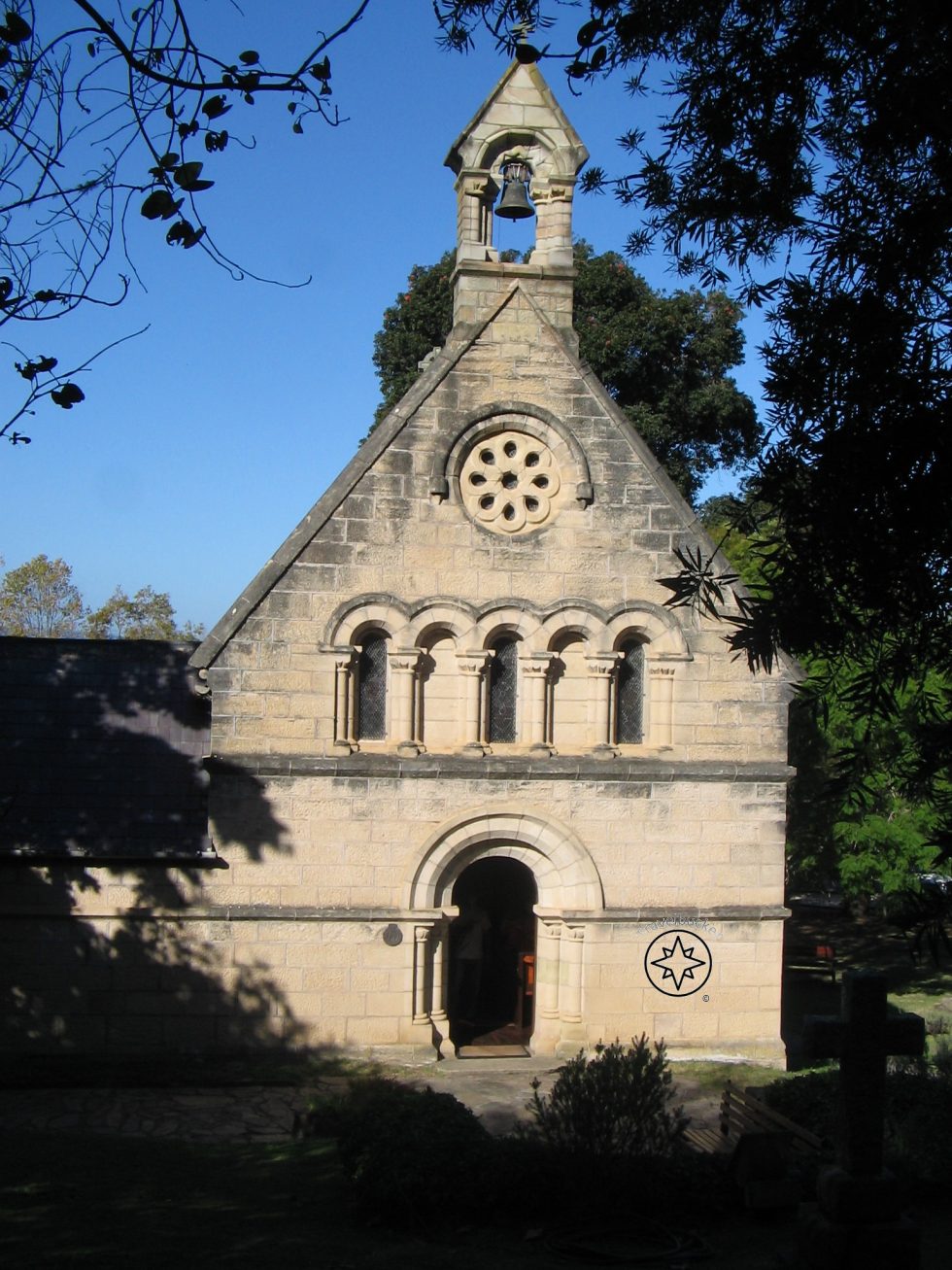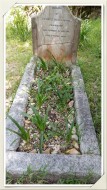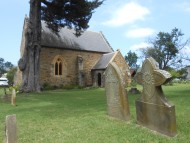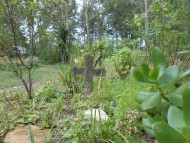END OF THE LINE

Turn tables are interesting objects which not a lot of people know about or what its function is, unless you have a special interest in trains. I grew up around trains, but never knew that the picturesque town of Knysna had a turn table tugged away in its bowels. This is just another hidden gem of the Garden Route. So, what is a turn table all about? Or before we go there, why am I writing about a turn table of all things under the sun? Because I think it is worthwhile to write about it as it is not something often seen in South Africa. I discovered this one by accident in the beautiful town of Knysna, next to the waterfront at an almost forgotten spot next to a parking lot. On your next visit in Knysna head over to this GPS location to see it: S 34° 02.393… Read more >




